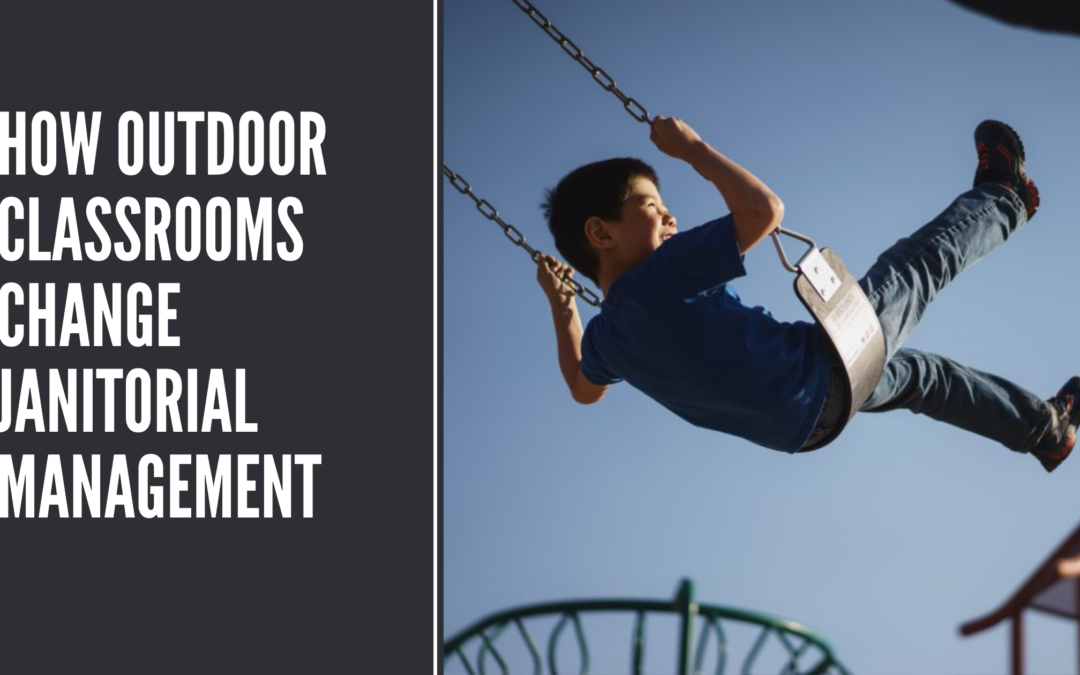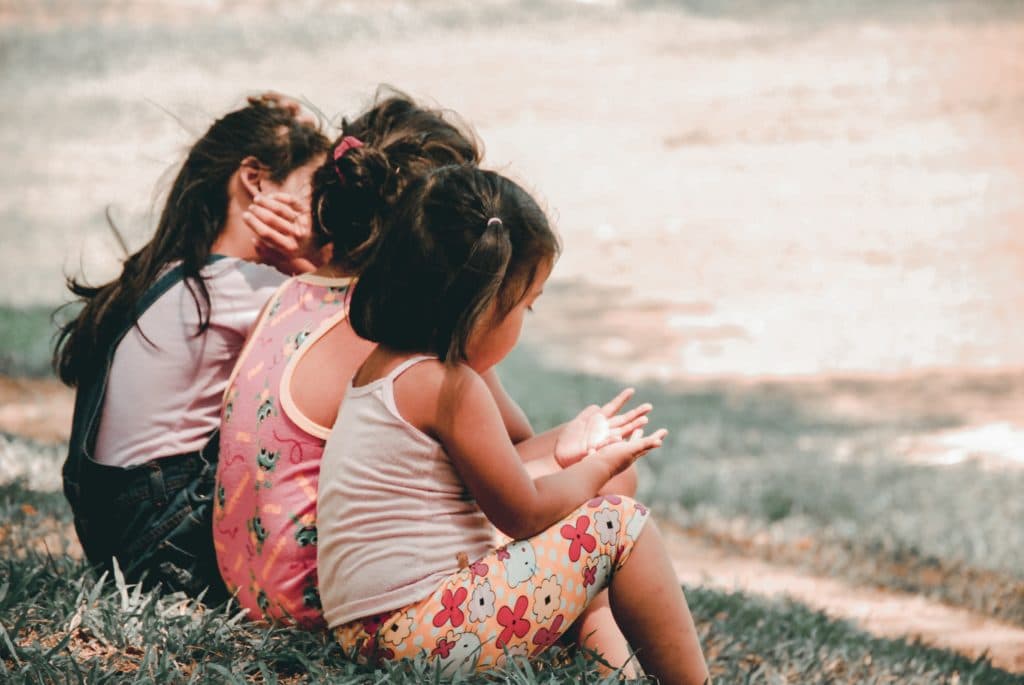Schools across the country are changing and operating in new and creative ways. Here’s how janitorial management at those schools can keep pace.
Like so many other professionals, janitorial management teams have had to completely change their approach to business since the beginning of 2020. Companies that focused on retail locations found themselves scrambling for new clients. Environmental service professionals working in hospitals had to amplify their approach to disinfecting and sanitizing while working around the clock to keep the medical facilities safe.
But custodial managers working in schools face some distinct challenges that bring interesting elements into the picture. Outdoor classrooms, something unheard of in many schools not too long ago, are growing in popularity. These aren’t just in rural areas, either. It’s certainly nice to have open fields and woods to host classes outdoors, but urban and suburban schools are moving outside, as well.
Schools in Boulder, Colorado; Salt Lake City, Utah; and New York City are all conducting some classes outdoors in whatever space is available. What does all this mean from the perspective of janitorial management?
Take charge of your cleaning services with Janitorial Manager where you can manage cleaning jobs, communicate with clients, and so much more. Schedule a free demo today to learn more!
Cleaning up outside: How janitorial management is keeping the great outdoor classrooms clean
Before 2020, in that beautifully simple world, we all lived in, janitorial management of school facilities was pretty straightforward. We had carpets, laminate-topped cafeteria tables, tile floors, plastic desks, and porcelain to contend with. We had everything worked out. We knew what cleaning products to use on each surface, how long it would take to mop the floors, and it was always a pleasant 72 degrees.
Now bathrooms need to be cleaned at least every hour. Light switches, railings, and door handles get wiped down every time you turn around. We’re using new disinfectants and wearing more PPE. And just when that feels under control, we’re moving outdoors.
Kids are learning outdoors, which is great. After all, who wants to sit in a classroom all day when the sun is shining, and there’s a beautiful breeze blowing? That also creates some new challenges for janitorial management teams. From playgrounds to picnic tables to pathways, there’s a lot more to consider in how we arrange schedules, what products we use, and even which surfaces we clean.
Luckily, there are a lot of smart people out there who study this stuff and have plenty of guidance to share.
Changing janitorial management procedures to clean outdoor classrooms
When we step outside of the school building, there are all sorts of new considerations in cleaning. Children and teens are sitting in the grass, climbing on playground structures, using wooden picnic tables, and they’re moving around more.
Fortunately, the outdoors also help janitorial teams keep things clean. Rain, wind, and sunshine all help clean things. It’s free help! Unfortunately, you can’t put them into your schedule. But let’s get into some details.
An outdoor classroom could be anything from an organized space with seats to a patch of grass where students can sit and learn. For younger students, the playground might double as a learning space. For janitorial management purposes, this means spreading out your perimeter to include these areas.
Here’s the good news: We know now that the biggest threat of coronavirus comes from airborne droplets. The fresh air of outdoor classrooms dilutes the virus, meaning there’s less chance of contracting the virus when we are outside.
Adding to that, a review published in The Lancet points out that even though it is possible to contract COVID-19 from touching contaminated surfaces, it is much less likely than we originally thought.
The Centers for Disease Control and Prevention (CDC) also noted that the disease spreads primarily through close contact with an infected person. They state on their website that “it may be possible that a person can get COVID-19 by touching a surface or object that has the virus on it and then touching their own mouth, nose, or possibly their eyes, but this isn’t thought to be the main way the virus spreads.”
In other words, your outdoor cleaning protocols won’t need to be quite as stringent as your indoor protocols. That’s not to say you don’t need to be diligent and thorough. But it should give you a little comfort in knowing that if you’re keeping up with your coronavirus cleaning schedule, you’re doing a lot to keep the students, teachers, and staff (and yourself) safe.
As for outdoor classrooms specifically? The focus of cleaning and disinfecting should be on frequently-touched plastic or metal surfaces, like railings, gates, and plastic or metal table tops. Just like indoor classrooms, the ideal is to clean these surfaces between each use.
Interestingly, the CDC does not recommend disinfecting wooden surfaces, such as benches or play structures, as that doesn’t appear to reduce the risk of COVID-19 transmission. Similarly, as you can imagine, walkways and ground cover like mulch or sand don’t require cleaning. That seems like an impossible job anyway.
There are a few things to point out, however. Since we are talking about kids, it’s fair to expect that some of these outdoor classroom spaces may become soiled or contaminated with various bodily fluids. Just like indoor classrooms, though, you’ll need to put on gloves and attend to that right away. Clean the area, then disinfect as you usually would.
It may seem like a lot to add to your janitorial management procedures, but the truth is, outdoor classrooms don’t add substantially to the routine work of cleaning schools. At least, not any more than COVID-19 has already changed things.
Take some time to add these outdoor spaces to your cleaning checklist, and take advantage of the opportunity to get outside for a little bit during the day. And know that if you’re using Janitorial Manager, updating your checklist is as simple as a few clicks. Just like that, every person on your team, no matter where they’re working, can access new protocols and procedures.
With Janitorial Manager, track and document appropriate cleaning & disinfection procedures and systems associated with increased communication and management expectations to clean for a healthy learning environment. Get in touch with us today to schedule a free demo to see all the great features!


